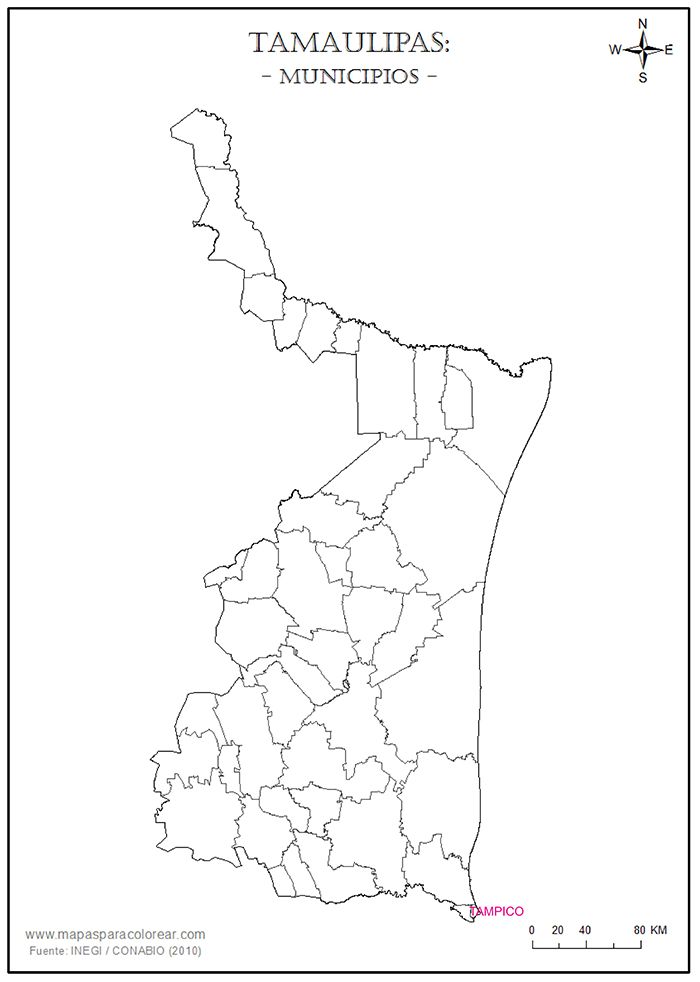Early issues in Tampico

There are a couple of references to early issues of low value paper money in Tampico.
Vales al portador
Around 1870 instability in Tampico and the extraction of hard currency by the federal government meant that local businesses were forced to issue vales al portador, with which they made payments and which circulated just like banknotes. The Customs even accepted these in payment of taxes.
However, in late 1871, a new Administrador de la Aduana, Adolfo Obregón, not understanding the local setup (and in dispute with local businessesBusinesses had recently paid customs dues to the ‘insurrectionaries’ when they were in charge: now the new administration was demanding that they paid these dues for a second time), refused to admit drafts drawn on San Luis Potosí, as previously done, and also demanded that the businesses immediately redeem those vales held by the Customs house. The Siglo Diez y Nueve called upon the federal government to block the administrator and so avoid the economic paralysis that was threatenedEl Siglo Diez y Nueve, 17 December 1871.
We do not have examples of these vales al portador, but the businesses that issued them would be among those that protested about the demand for double payment of customs dues. These included Borde Hermanoslisted as suppliers of requirements and hardware (Mercerias y Ferreterias) in 1867 (Gran Almanaque Mexicano y Directorio de Comercio al Uso del Imperio Mexicano, Año 1867), D. Camacho y CompañíaDionisio Camacho y Ca, Sucesores, listed as warehousing, commission agent, steam line agency(Almacen, Comisionista, Lineas de Vapores y Agencia) in 1867 (ibid.), Cresser y Compañía, Fernandez y Compañía, Fusco HermanoFusco Hermanos listed as supliers of requirements, hardware, tannery and groceries (Mercerias y Ferreterias, Tenerias, Tienda de Abarrotes) in 1867 (ibid.), Rafael Garza Cortinaof Rafael Garza y Compañía. Rafael Garza Cortina listed as a grocery store in 1867 (ibid.), Estuardo L. Jolly y Compañíalisted as a warehouse, steam line agency and ixtle press (Almacen, Linea de Vapores y Agencia, Prensa de Ixtle) in 1867 (ibid.), A. Labourdette y Compañía (represented by Teodoro Chabat), Cándido Ramoslisted as operating a warehouse in 1867 (ibid.) , Gustavo Roussanne, Federico Stüssylisted as a commission agent and tannery in 1867 (ibid.), Trápaga y Compañíalisted as a grocerystore and warehouse in 1867 (ibid.), and Vuillemey y Borde (represented by Gustavo Garnier)La Iberia, 11 October 1871.
Local businesses
In March 1879 it was reported that businesses had issued 3c notes and that the Ayuntamiento had been told to prohibit them. The Ilustración Católica asked why President Lerdo allowed the Banco de Lóndres y Sud-América to issue millions, but denied these businessmen their 3c valesLa Ilustración Católica, Tomo II, Núm. 62, 16 March 1879.
Again, in May 1883 a newspaper reported that the presidente of the Ayuntamiento had allowed businesses that possessed a capital of more than $1, 000 to issue fractional paper moneyEl Faro, Tampico, [ ] May 1883; La Patria, 17 May 1883. The denominations are uncertain, though one was ¼ real because the report states 'del valor de 3 un octavo centavos'.
Ayuntamiento de Tampico
It seems that the Ayuntamiento de Tampico also issued a series of vales, payable al portador.
The Mexican government passed its Código de Comercio on 15 April 1884. Chapter XII referred to “Los Bancos”. Articles 954 to 955 stated that in future federal authorisation would be needed to establish any bank (bancos de emisión, circulación, descuento, depósitos, hipotecarios, agrícolas, de minería o con cualquier otro objeto de comercio). Articles 957 and 958 laid down that they would have to be limited companies (sociedades anónimas) with at least five founder members, and a minimum share capital of $500,000, with at least half fully paid up. Only banks conforming to the law could issue notes payable to the bearer on sight: note issue could not exceed paid-in capital: fixed cash reserves were required, and all banknotes other than those of the Banco Nacional de México were taxed at 5% of their value. A final article stated that existing banks could not continue operating unless they subjected themselves to the Act within six months.
On 28 February 188[4 or 5] the Ayuntamiento’s issue was denounced by the promotor fiscal of the Juzgado de Distrito del Sur y Centro de Tamaulipas. In accordance with fracción III of article 3 of the Constitution, he investigated the matter, and ordered that the vales be withdrawn and the printing plates destroyedMemoria de la Secretaría de Hacienda correspondiente al ejercicio fiscal de 1884 á 1885, Mexico City, 1885. This account is at odds with a later newspaper report that the promotor fiscal del Juzgado in Tampico had accused the Ayuntamiento of issuing paper money, and that the district judge had opened an investigation of the case and ordered it to be dismissed for lack of merit to continue it. This resolution was confirmed by the superior court (El Diario del Hogar, 12 May 1886). Presumably these are referring to the same instance.
